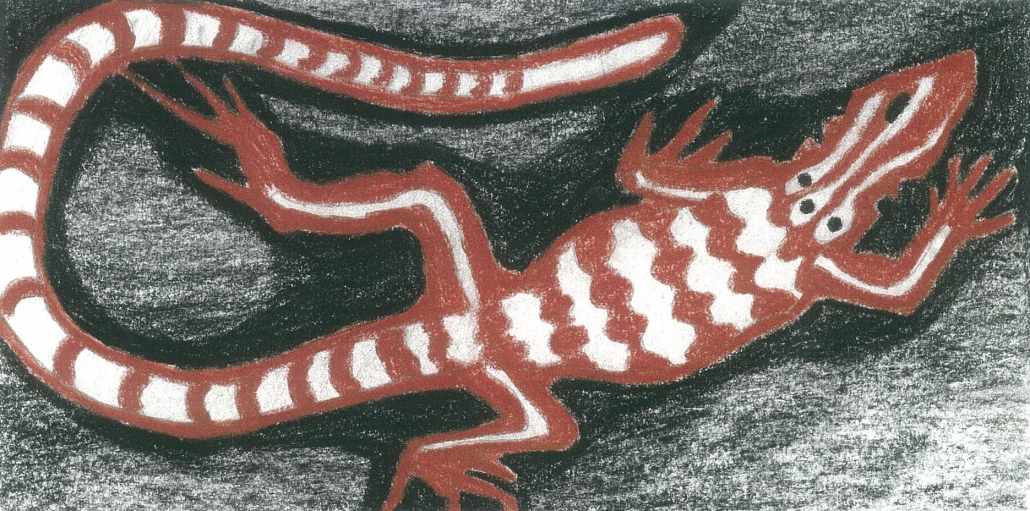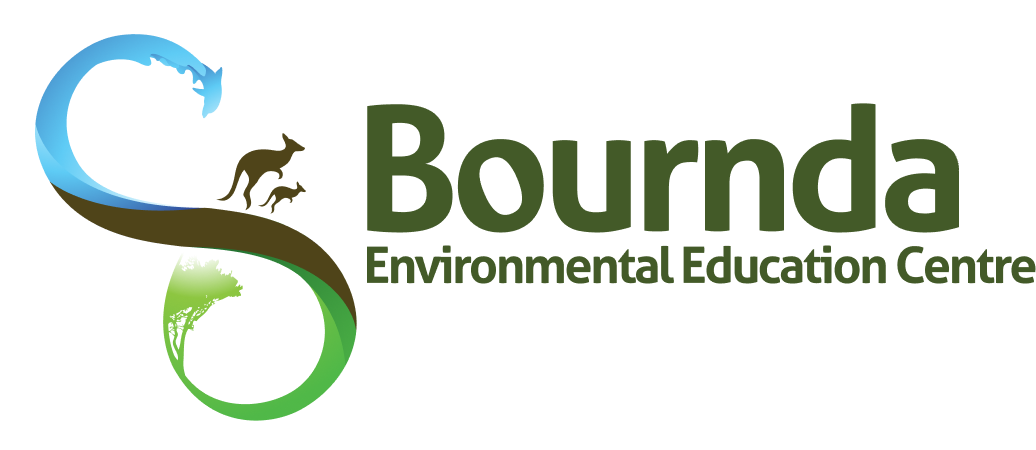Environmental Art – Stage 2

Program Overview
Environmental Art programs at Bournda have been specifically designed to assist students in learning about their natural environment. The following art activities have been developed for Stage 2 students.
An environmental art program is designed to develop skills in the following areas:
- Collection and observation of material for investigation
- Classification of objects
- Recording, drawing or making models of objects
- An interest and understanding of the natural environment
Each of the art activities are designed to heighten observational skills and expand visual expression by using a variety of techniques and materials.
Environmental Art can be run as a whole day program, or one or more activities can be run in conjunction with any other Bournda programs.
Learning Experiences
Activity 1 – Marine Design
A design based on marine animals created by experimenting with colour and texture using oil-pastels and a scratch-back technique.
Activity 2 – Reptiles
A design based on reptiles using charcoal pencils in earth colours and emphasising space.
Activity 3 – Butterfly Poster
A collage exercise using brightly coloured pre-pasted paper to explore aspects of colour, symmetry and overlapping shapes.
Preparing for an Excursion
Syllabus Outcomes
Creative Arts K-6
Stage 2
VAS2.1
Represents the qualities of experiences and things that are interesting or beautiful* by choosing among aspects of subject matter.
VAS2.2
Uses the forms to suggest the qualities of subject matter.
* ‘Beautiful’ within this outcome does not simply mean ‘pretty’ but rather something that excites and arouses awe,
wonder, fascination and delight.
Visual Arts – Content
Stage 2 –
students learn to:
• develop their artistic intentions in artmaking and consider how these affect the look of the work, its details and an audience’s response
• select and explore different aspects of subject matter in particular ways in their making of artworks
• use particular artistic traditions guided by the teacher’s instruction in artmaking and experiment with techniques, tools and graphic schema (eg in drawing, painting, sculpture,
printmaking and digital works)
Supporting Bournda programs
Living World – Science
